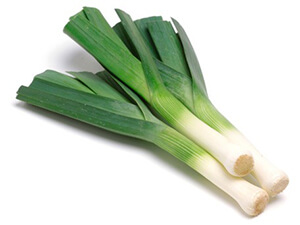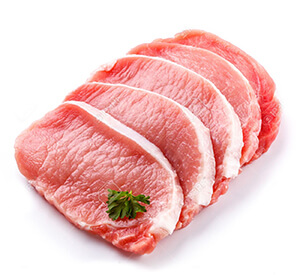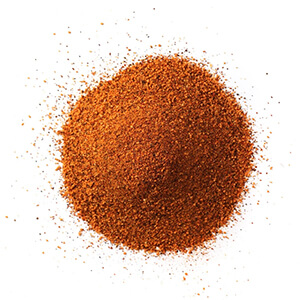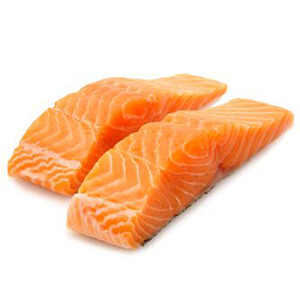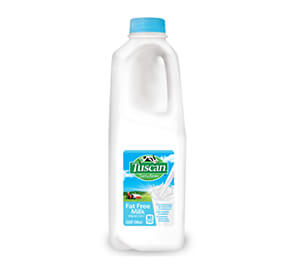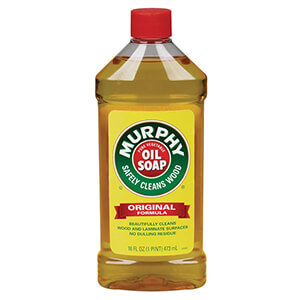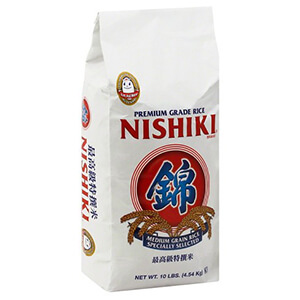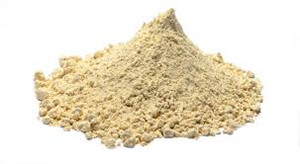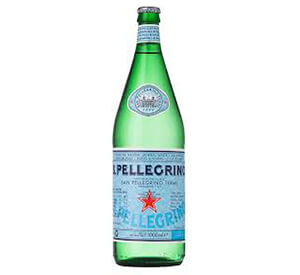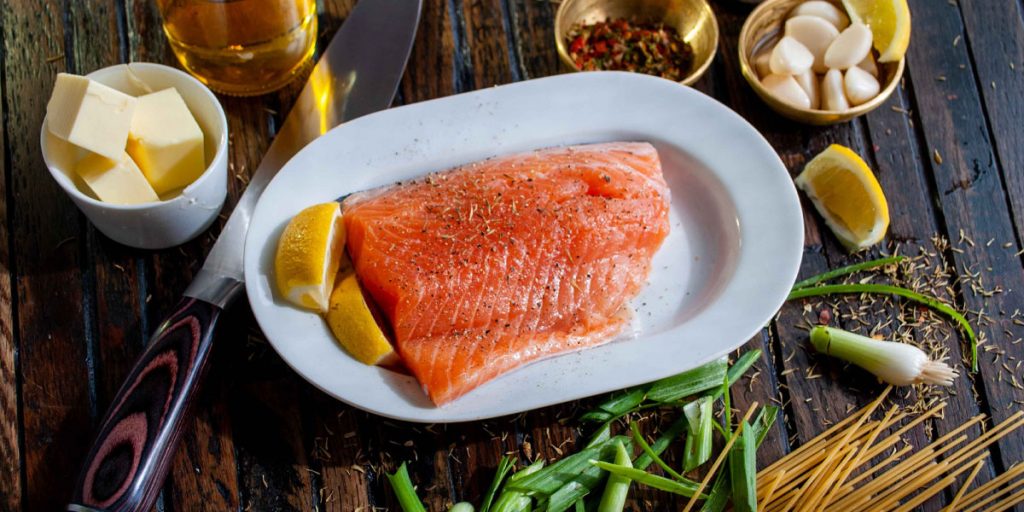Quality frozen seafood is in high demand among the restaurant industry and very much on the rise when it comes to wholesale opportunity. In fact, when it comes to wholesale frozen seafood, it is the new ‘FRESH’! Usually when consumers hear the term ‘fresh’, they automatically associate it with ‘better quality’ foods and products, especially when it comes to fish, but it’s time to change the perception that fresh is always better.
Like many food sources, wild seafood was often linked to a season or due to the supply of heavily saturated locations for fishermen to market to the public, but now consumers have access to year-round quality frozen seafood at consistent pricing. This collectively entices restaurants to either introduce seafood menu options or create new dishes for boosted sales in their business. It also extends from restaurant menus to retail stores like your local or chain grocery stores, all carrying quality frozen seafood products, year round at affordable pricing.
Factors of Fresh: What Makes Seafood Quality
Much consumer research has shown that ‘freshness’ is the biggest determining factor when it comes to people purchasing fish in the supermarkets as well as ordering certain dishes at restaurants. However, people do not typically understand the distinction between ‘fresh’ seafood vs. overall ‘freshness’.
In the world of seafood, labeling an item ‘fresh’ means that the product has never been frozen—it is not guaranteed that that wild fish was recently caught and ready to be served. In most instances, it actually takes a week or more for even ‘fresh’ seafood to get from the water onto your store shelves or plate. And since fresh seafood is perishable, so much of it ends up in the garbage for safety concerns. Quality frozen seafood ensures that ‘every fish counts’ when farming seafood so nothing goes to waste. Another advantage to quality frozen seafood other than the great taste and being good for you, it becomes more sustainable and affordable.
This widespread waste of fish and other seafood is a sustainability disaster – particularly for seafood on the lower end of the environmental and/or social responsibility spectrum. Freezing seafood is the best option to reduce waste all along the supply chain, including after it’s harvested, during transport, while it’s waiting to be sold and waiting to be eaten! Therefore, frozen seafood is more often than not, the better way to buy high quality seafood.
Fresh Vs. Frozen: The Real Meaning of FRESH
The great seafood debate always compares the choice between ‘fresh’ or frozen. Since most consumers do not get their seafood quickly or directly from the ocean, frozen quality seafood helps to seal in that great quality taste, especially not with new processing protocols and freezing technologies. Now the vast majority of quality frozen seafood is actually the preferred method to maintain freshness!
Nowadays, quality frozen seafood is ‘flash frozen’, meaning it is rapidly brought down to between -40 to -60 C immediately after capture as a way to maintain integrity of the proteins. Flash freezing is also safer to eat because during the process it can kill harmful bacteria, and minimizes nutrient loss which keeps a lot of health benefits.
For many restaurants or catering services, high quality frozen seafood, in particular, is a huge part of their business and revenue stream. When handled properly, frozen fish behaves just as if it were freshly caught and it tastes equally as delicious. Your favorite appetizers like frozen shrimp and frozen calamari become key ingredients for restaurants to market the sustainability of these frozen alternatives. Menus will now be able to carry better pricing for these starters and entrees, as well as increase value reaching a demographic more concerned with healthy options. Freezing guarantees availability all year long and stable costs for both fishermen and the food service operators. Not only can restaurants save on the financial investment of the product itself, but since the timeline is extended, you also do not have to spend more time and money training, sourcing or evolving specials on the menus based on changing availability. The cost of waste in the supply chain of seafood on a global scale is astronomical. So by playing a role to eliminate it, everyone can win!




